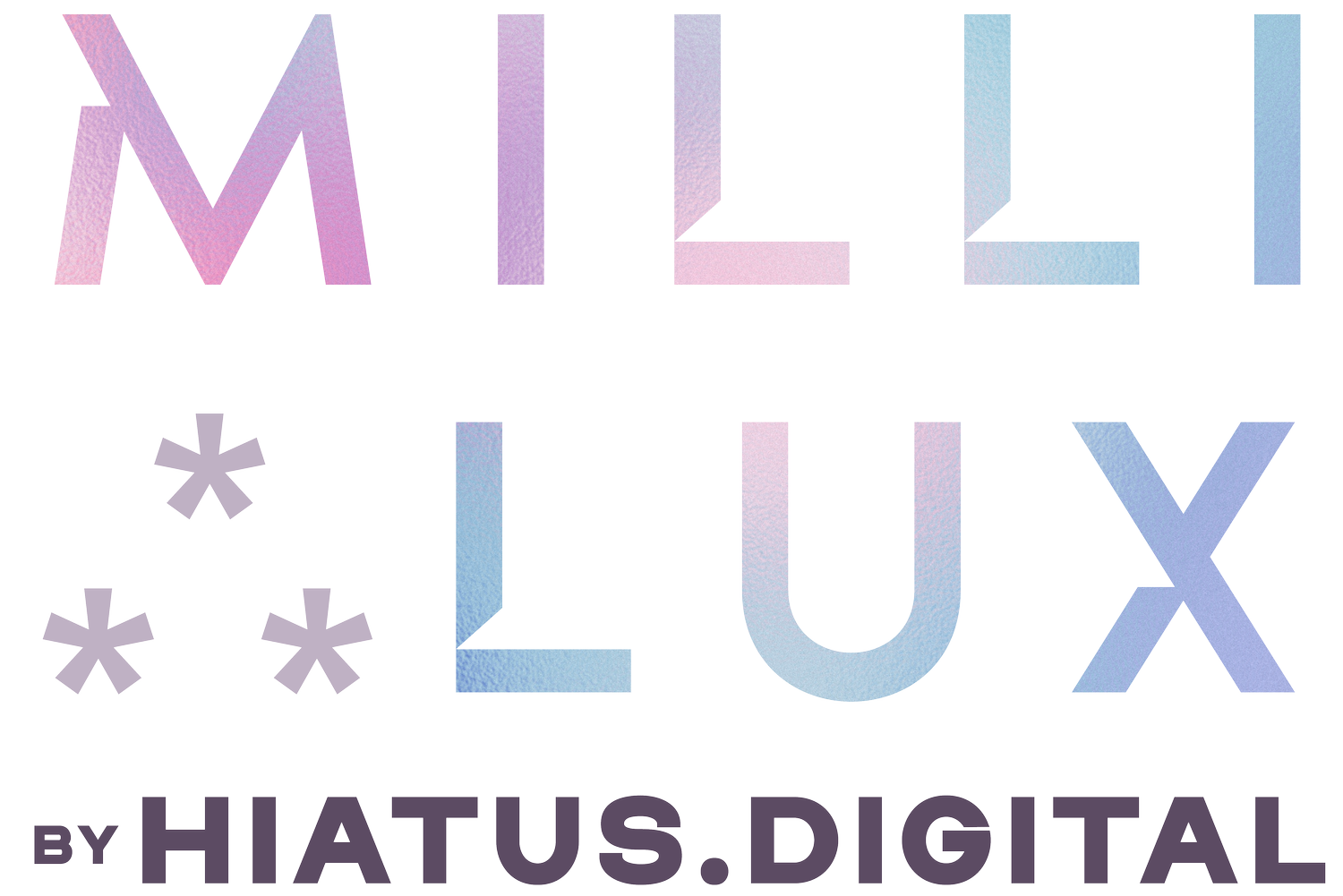HealthTech
The HealthTech sector is at the forefront of innovation, requiring products that are advanced, reliable, and user-friendly to meet the needs of patients, healthcare providers, and administrators. User Experience (UX) and Human-Computer Interaction Design (HCID) services are essential in ensuring these products are effective and accessible. Here are the key benefits UX and HCID bring to the HealthTech sector:
Enhanced Usability:
UX and HCID services focus on creating intuitive interfaces that are easy to use, reducing the learning curve for healthcare professionals and patients. This ensures that complex HealthTech products are accessible to users with varying levels of technical expertise.
Improved Operational Efficiency:
By conducting thorough user research, designers can understand the specific needs and workflows of healthcare providers and patients. This allows for the creation of tailored solutions that streamline operations and enhance productivity in healthcare settings.
Reduced Error Rates:
Well-designed interfaces and interaction systems minimise the likelihood of user errors. Prototyping and usability testing identify potential issues early, allowing for adjustments that lead to more reliable and error-resistant products.
Faster Decision-Making:
Effective information architecture and clear UI design facilitate quick access to vital information. This is crucial in healthcare environments where timely and accurate decision-making can significantly impact patient outcomes.
Increased User Satisfaction:
By prioritising user needs and preferences throughout the design process, UX and HCID services ensure that HealthTech products are not only functional but also enjoyable to use. Higher user satisfaction leads to better adoption and more positive experiences.
Greater Accessibility:
Accessibility consulting ensures that HealthTech products are usable by individuals with diverse abilities, including those with disabilities. This inclusivity is essential for creating products that can be effectively used by all members of diverse healthcare teams and patients with varying needs.
Consistent and Scalable Design:
Developing design systems and component libraries ensures consistency across all HealthTech products. This standardisation supports scalability and maintains a cohesive user experience, even as new features and products are introduced.
Innovative Solutions:
Collaboration on product strategy and innovation helps HealthTech companies stay ahead of the curve. By integrating cutting-edge design practices and user feedback, UX and HCID services drive the development of innovative solutions that meet emerging needs and challenges in healthcare.
Cost and Time Efficiency:
Prototyping and iterative design processes allow for early testing and refinement of concepts, saving time and resources by addressing potential issues before full-scale development. This leads to more efficient project timelines and cost-effective solutions.
Educational Growth and Best Practices:
Consulting and training services provide HealthTech companies with the knowledge and skills needed to implement best practices in UX and HCID. This ensures that teams are well-equipped to develop user-centered products that meet industry standards.
By leveraging UX and HCID services, the HealthTech sector can develop products that are advanced, reliable, and user-friendly. These benefits ensure that HealthTech products not only perform effectively but also provide exceptional user experiences, ultimately contributing to better patient outcomes and the advancement of healthcare technology.

